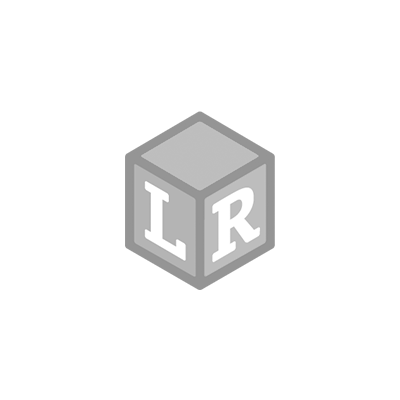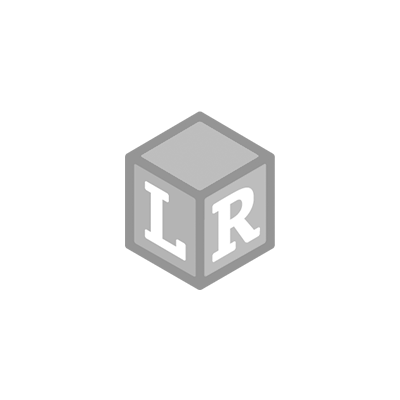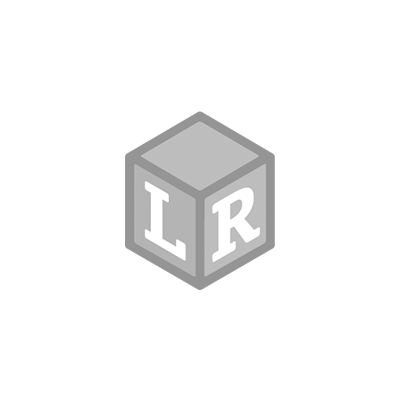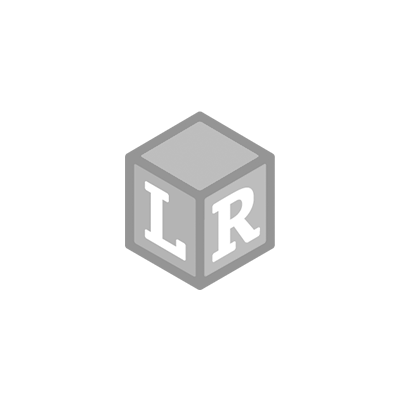
Make Your Own Phonics Game
- Learning Resources Posted On Apr 28, 2020 | Learn
If you have a child in early primary school, you’ll be familiar with phonics. These are the building blocks used to teach children to read and write. Teaching phonics at home can be an enjoyable journey of discovery for you and your young reader. Teachers Dennis and Margi Brown (creators of tacklingtables and regular contributors to our blog) have created a quick, fun idea for you to make your own phonics game at home.
But first, what are phonics? The National Literacy Trust explains that written language is like a code. Phonics helps children decode words by understanding the relationship between sounds in spoken English and written letters. It’s a systematic, sequential way to teach reading fluency and you can learn more about that here.
How can I help my child practise phonics at home?
If you’re the parent of a beginner reader, team up with your child’s teacher to reinforce the classroom learning process. There are many simple, fun things you can do to boost reading fluence and your child’s teacher will have lots of ideas.
Make your own phonics game
Here’s a fun game for two or more players you make in minutes using items you have at home. It’s also a fun upcycling project.
You’ll need:
- An old clean eggbox for 12 eggs
- Card
- Scissors
- A felt-tipped pen
- Glue
- A counter or 1p coin
Do this activity:
To make, cut out 12 card circles that can fit into the depressions in the egg box. Write the phonemes right for your child’s learning stage – one per card. Press or glue them into the egg box. Place the counter or 1p coin into the box and you’re ready to play!


Take it in turns to shake the box, and then open the lid. Wherever the counter or coin has landed, the player must think of a word using that phoneme. The correct answer scores a point. This can be played as teams for one child against another.
Why not create several phonic egg boxes with:
- Initial sounds
- End sounds
- Medial sounds
Start shaking and have fun whilst practising your phonemes!


Find more fun ways to build reading and writing confidence in your child. Try these activities and tips to develop speech and language skills.
















